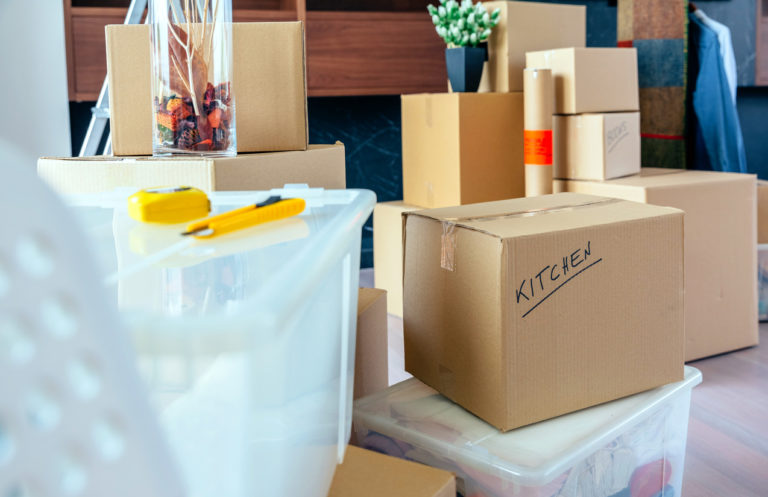How Long Does It Take To Move?
A Basic Timeline for Moving Out
As you anticipate moving out of your house, you probably have a lot of unanswered moving questions. Fortunately, with access to the right moving company and helpful resources, moving day can be an incredibly smooth process. Even so, you might have lingering questions about the timeline of the moving experience.
Will it take all day? Or even several days? If you’re wondering how long it takes to move out of a house, the professionals at Georgetown Moving and Storage Company can answer that question and more.
For help moving out of your DC, Maryland, or Virginia home, call Georgetown Moving and Storage at (703) 889-8899.
The Moving Process & General Timelines
Moving is something most people have done at least once. However, it’s easy to forget what goes into it and how long each step takes to complete. Here’s a breakdown of the moving process and a general timeline to expect:
- Finding a new home: House hunting is an exhilarating process. However, it can also be incredibly taxing. Finding the right place to call home can take anywhere from a week to a couple of months, so as soon as you land that new job, start searching right away.
- Selling your old home: The time it takes to sell a home depends on the market, location, and price. Go forward with the assumption that it will take about two months — if everything goes according to plan.
- Hiring a professional moving company: With a new home purchased and your old house sold, it’s time to shop around for the right moving company. Solicit estimates and compare credentials to help you make the right decision. Depending on when and where you’re moving, try to have a moving date set and a mover hired about eight weeks in advance.
- Organizing your home and selling unwanted items: Examine a floor plan of your new home and decide what furniture you want to keep. Sell or donate unwanted items starting six weeks before moving day.
- Arranging and preparing paperwork: To avoid headaches leading up to moving day, make sure you gather personal, financial, and property ownership documents. You also need to obtain and transfer your medical records, driver’s license, pet vaccine information, children’s school records, etc. You must also submit a change of address and transfer your utilities. It can take about four weeks to obtain, update, and transfer this information, so make sure you get an ample head start.
- Packing your belongings: Packing up your home is the most time-consuming part of moving. The amount of time it takes depends on the size of your house and how many belongings you’re taking with you. If you spend all day packing, expect the process to take three to seven days. If you only want to pack in the evenings and on weekends, start packing four weeks before moving day.
- Making the final arrangements: To ensure a smooth, low-stress moving day, arrange for babysitters and pet sitters, reserve a parking spot for the moving truck, and set aside a “day-of” box. These preparations should be done one week to two days ahead of time.
- Moving day timeline: Moving boxes, furniture, and appliances out of your home may take anywhere from four to eight hours — provided you’ve prepared properly and have professional movers there to help. Then, delivery takes a few hours for local moves and one to three days for long-distance moves.
Whole-Home Packing & Moving in DC, MD & VA
For assistance moving out of your house, you need experienced full-service movers by your side. Georgetown Moving and Storage Company offers affordable, award-winning services provided by highly capable professionals with years of training and experience.
Our team is properly certified and licensed, and we offer maximum liability insurance for your peace of mind. With Georgetown Moving and Storage, you can get the answers to any questions you may have, including how long it takes to move out of a house.
Contact us today at (703) 889-8899 to schedule packing or moving services in Washington, DC, Maryland, or Virginia.
Looking for something else?











